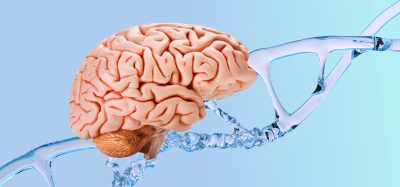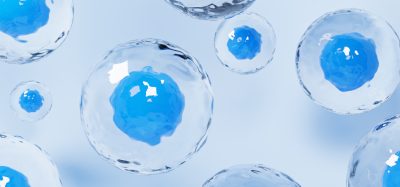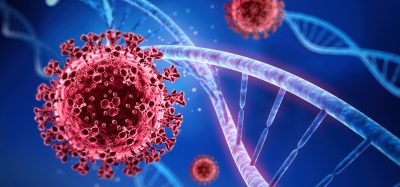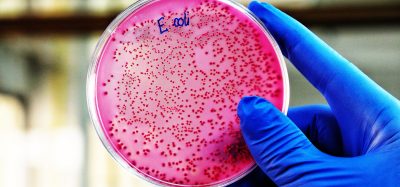D614G mutation may make SARS-CoV-2 more contagious
Posted: 5 November 2020 | Hannah Balfour (Drug Target Review) | No comments yet
According to a new study, the SARS-CoV-2 virus is accumulating genetic mutations, including one called D614G which may have made it more contagious.
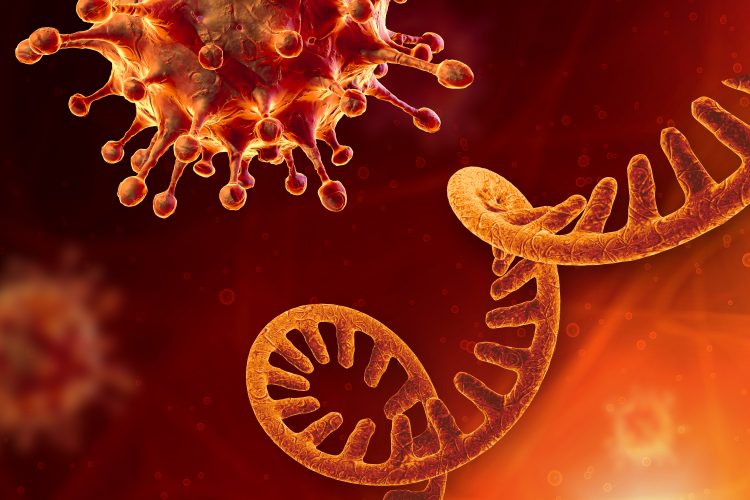

Researchers have sequenced the genomes of SARS-CoV-2 strains taken from 5,085 COVID-19 patients in metropolitan Houston, Texas, US, and observed that the virus which causes COVID-19 is accumulating various genetic mutations. One of the study’s co-authors, Ilya Finkelstein, associate professor of molecular biosciences at The University of Texas at Austin (UT-Austin), explained that their study shows “the virus is mutating due to a combination of neutral drift – which just means random genetic changes that do not help or hurt the virus – and pressure from our immune systems.”
According to the paper, during the first wave of COVID-19 cases 71 percent of the SARS-CoV-2 particles identified in patients in Houston had the D614G mutation. However, in the second wave of the outbreak during the summer, this variant had a 99.9 percent prevalence. The researchers say this finding mirrors a trend observed around the world; a study published in July based on more than 28,000 genome sequences found that variants carrying the D614G mutation became the globally dominant form of SARS-CoV-2 in about a month.
But why has this strain become dominant and does the D614G mutation convey an advantage?
The researchers suggest that the mutation may make the strain more contagious, as a study of more than 25,000 genome sequences from the UK found that viruses with the D614G mutation tended to transmit slightly faster than those without it.
The researchers said that natural selection would favour strains that transmit more easily; however, not all scientists are convinced, and some suggest that the D614G mutation might have been more common in the first viruses to arrive in Europe and North America, essentially giving them a head start on other strains, what they call “founder’s effects”.
The team also reported that the SARS-CoV-2 Spike (S) protein, which the virus uses to infect cells, is also continuing to accumulate mutations of unknown significance. The team, comprising scientists from Houston Methodist Hospital, UT-Austin and elsewhere, also showed that one of the mutations allows the S protein to evade neutralising antibodies produced in response to viral infections. This mutation may allow SARS-CoV-2 to escape the immune system as well, so the researchers said it is good that the mutation is rare and does not appear to make the disease more severe for infected patients. According to Finkelstein, the group did not identify viruses that have learned to evade first-generation vaccines and therapeutic antibody formulations.
The scientists noted a total of 285 mutations across thousands of infections, although most do not appear to have a significant effect on disease severity. Ongoing studies are continuing to survey the third wave of COVID-19 patients and characterise how the virus is adapting to neutralising antibodies that are produced by our immune systems.
The paper was published in mBIO.
Related topics
Analysis, Disease Research, Genetic Analysis, Genomics, Protein, Proteomics, Sequencing
Related conditions
Coronavirus, Covid-19
Related organisations
Houston Methodist Hospital, The University of Texas at Austin (UT-Austin)




